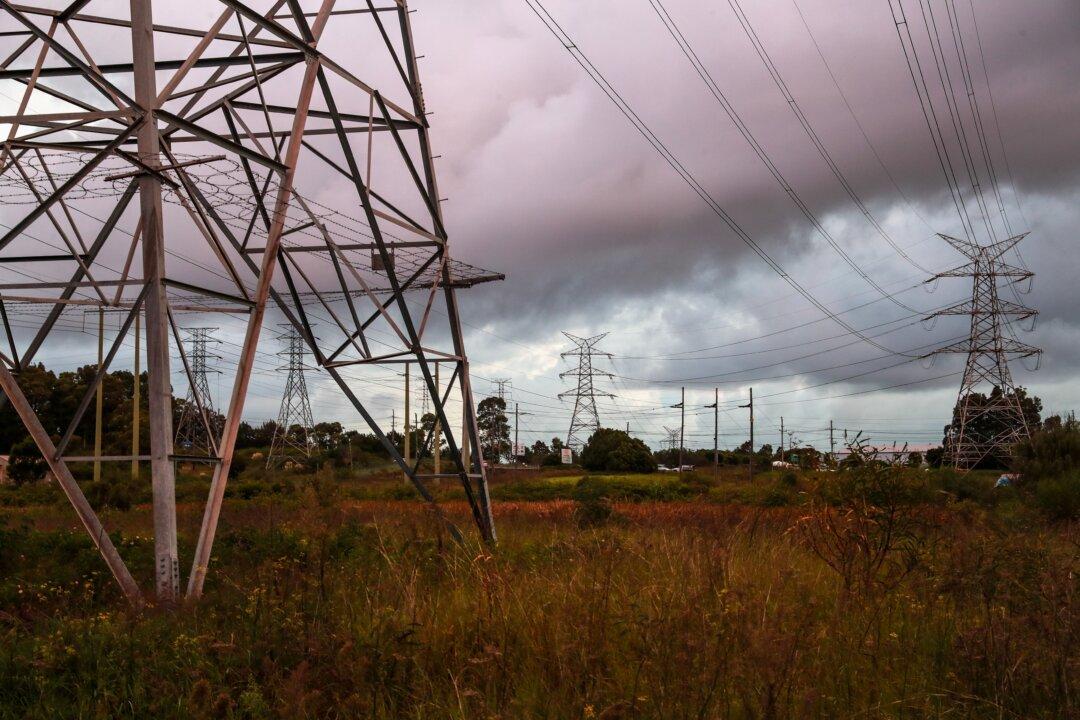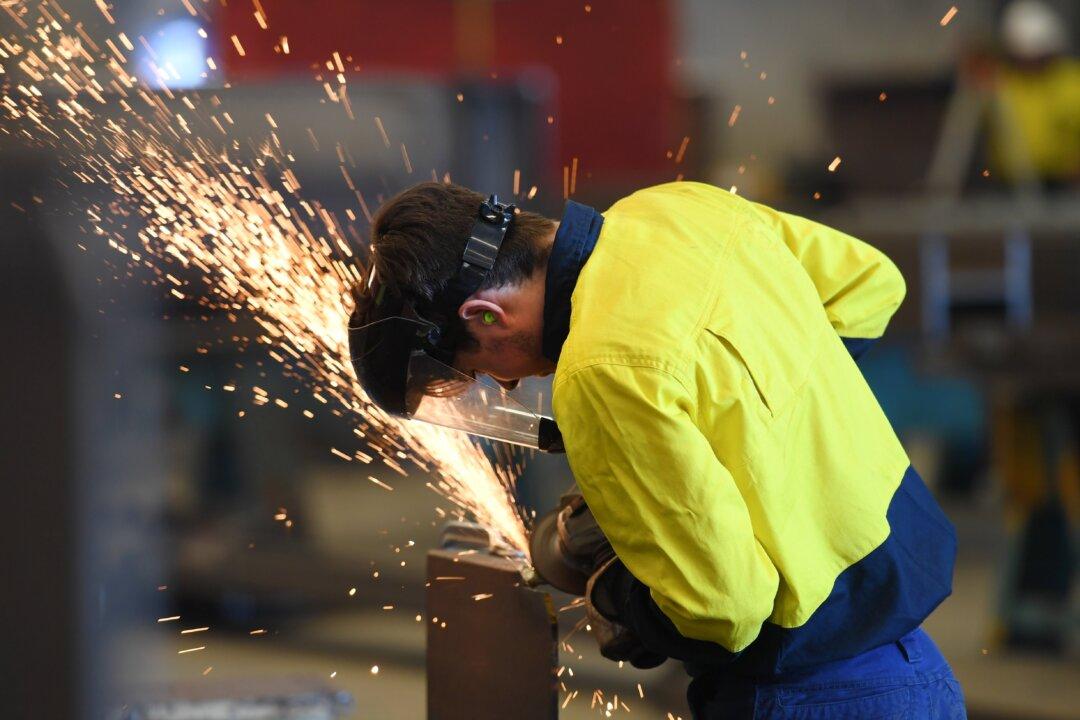Australia’s energy minister, Chris Bowen, has taken a swipe at the former Coalition government, saying that its failure to develop enough renewable energy sources to replace the closure of coal power plants is one reason the country’s energy grid “could face a difficult summer.”
This comes as the Albanese government announces a multi-million-dollar expansion of the taxpayer-funded Capacity Investment Scheme (CIS) and the National Energy Transformation Partnership (NETP) supposed to “supercharge” the available power in the energy grid.





